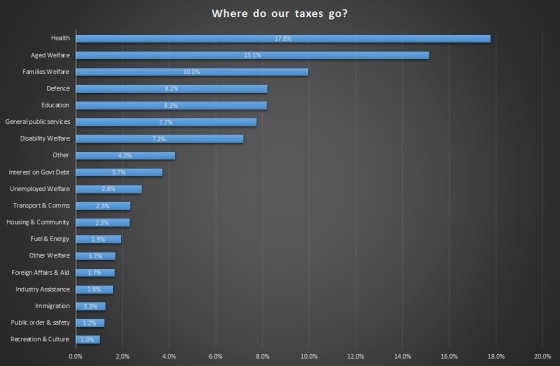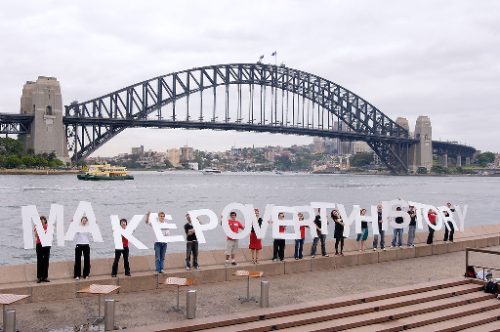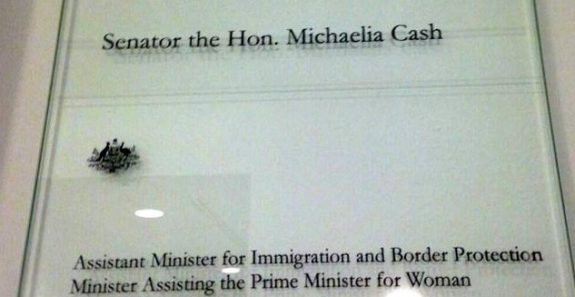Accidental Overeating is SO Easy

Today I learnt a valuable lesson about overeating. It is definitely a lesson I should NOT have had to learn (as in, I should already know better), but I’m very glad I did.
Edited to add clarification. I dislike counting calories, but I dislike pain a whole lot more. Given my ability to burn calories has been impacted by medical conditions, I, like many other people facing similar challenges, have to police my input given my reduced output. This is not an option unless I want to live on painkillers.
I had been at St. Vincent’s Hospital this morning for part of a pain management assessment. On the way home I stopped at the gym to do some indoor rowing and hit the treadmill, given walking outdoors in Melbourne’s current weather is a little on the risky side.
After burning off calories, I decided I’d buy myself lunch. I walked past Nando’s but decided to try something new. Two doors down was Spudbar with the tag line “a healthy addiction“.
Spudbar provides heaps of vitamins and minerals in our spuds and also through our range of fresh toppings. Top stuff for those wanting to be healthy and look great.
Source: spudbar.com.au
I was a very good girl and checked out the calories per serve (or so I thought). You see, Nando’s actually do provide nutrition per serve. My mind was working along that line so I didn’t correctly interpret the information I was reading – after all, all I wanted was some lunch! It was while entering the nutritional data into My Fitness Pal that the light dawned.
The nutritional information provided was PER 100 GRAMS, not per serve. The serve size was 663 grams. WHOA! All of a sudden my 365 calories per serve had morphed into a whopping 2,420 calories – more than DOUBLE my target total net daily calorie intake (see note 1). That’s 10,125 Kilojoules for those who prefer the Kj scale! Well over the average adult recommendation of 8,700 Kilojoules (depending on individual gender, age, weight, activity levels etc).
The only sensible thing to do was to stop eating! Which I did. Walked to the counter and asked them to put the remainder into a takeaway container for later.
Had I been paying attention to the size of the serving (or to the column headings), I would have done a quick calculation at a minimum of four calories per gram (see note 2) and realised it must have been more than 365 calories (600 * 4 = 2,400) per serve. But when you are busy and have other things on your mind there is a chance your mind doesn’t really absorb everything being presented to it. Also, humans tend to function on the basis of experience. My experience had been receiving nutrition information per serve in such a situation.
When I got home I weighed the container. 426 grams, meaning I ate over 200 grams, ingesting at least 730 calories. For lunch!
My intention is not to question the healthiness or otherwise of the Spudbar offerings. I will say Spudbar food is DELICIOUS so if you can cope with the calories, enjoy their menu! My intention is to highlight how easy overeating is in our western society. We then wonder why our scales don’t like us the next morning. Had I not been entering my meal information into My Fitness Pal I would not have realised I was overeating and would have merrily chewed my way through 2,420 calories thinking it was a mere 365 calories. I was planning on having enough spare calories banked to allow myself some ice cream today. THAT won’t be happening! If I were a male AFL footballer in my twenties 2,420 calories for lunch may not be a problem. As a 61 year-old woman with some physical restrictions for whom maintaining a healthy weight is essentially mandatory for joint protection and pain management: 2,420 calories for lunch is nothing short of a disaster!
Yes, indeed, caveat emptor. It is not the food vendor’s responsibility to ensure I manage my calories in and out. That is my responsibility. My lesson today was to BE MORE CAREFUL.
I feel very foolish, naturally, but I hope by sharing my stupidity I may alert others to the accidental overeating trap. Or is it just my failing?
Note 1: Personally I aim for 1,200 net calories a day, which means if I burn more, I can eat more. Yesterday I earnt 336 extra from swimming, so ate 1,510 calories. 1,200 + 336 = 1,536.
Note 2: 4 calories per gram for protein and carbohydrates, 9 calories per gram for fat, 7 calories per gram for alcohol.
Like what we do at The AIMN?
You’ll like it even more knowing that your donation will help us to keep up the good fight.
Chuck in a few bucks and see just how far it goes!
Your contribution to help with the running costs of this site will be gratefully accepted.
You can donate through PayPal or credit card via the button below, or donate via bank transfer: BSB: 062500; A/c no: 10495969




















